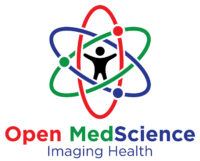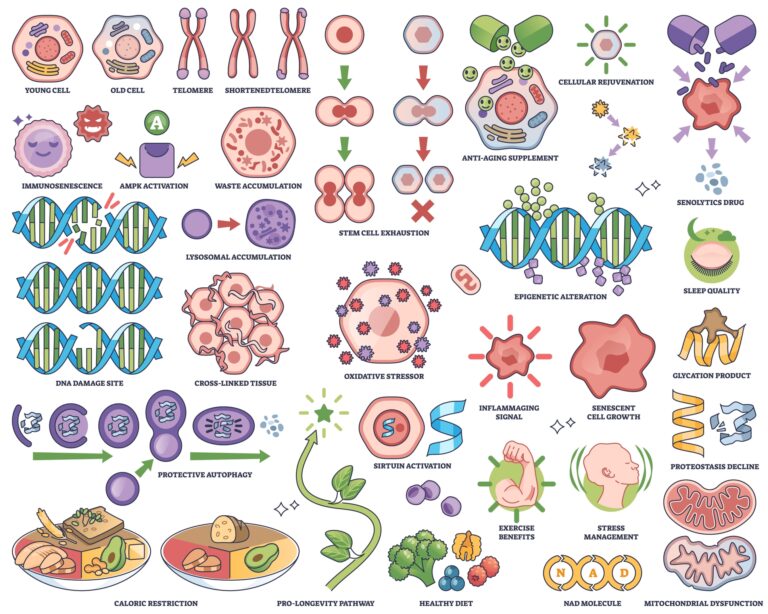Cellular Proliferation Imaging Biomarkers
Cellular proliferation is a fundamental process in both normal physiology and pathological conditions, particularly in cancer. Imaging biomarkers that assess cellular proliferation provide valuable insights into disease progression, treatment response, and therapeutic resistance. Several imaging techniques have been developed to quantify proliferative activity, with positron emission tomography (PET) playing a central role.
PET Imaging of Cellular Proliferation
One of the most widely used PET tracers for assessing proliferation is [18F]fluorothymidine (FLT). This radiotracer is a thymidine analogue that reflects thymidine kinase 1 (TK1) activity, an enzyme involved in the DNA synthesis phase of the cell cycle. Increased FLT uptake in PET imaging correlates with elevated proliferation rates, making it useful in oncology for detecting tumours, monitoring therapy response, and distinguishing between benign and malignant lesions.
However, FLT-PET has some limitations. Unlike [18F]fluorodeoxyglucose (FDG), which measures glucose metabolism, FLT uptake is often lower in certain tumour types due to variability in TK1 expression and nucleoside transporter activity. Additionally, FLT is subject to hepatobiliary clearance, which can interfere with the imaging of abdominal and hepatic malignancies.
Other PET tracers under investigation include [11C]choline and [18F]fluorocholine, which assess phospholipid metabolism, indirectly linked to proliferation. While not as specific as FLT, these tracers have demonstrated utility in imaging prostate cancer and gliomas.
MRI and Optical Imaging Approaches
Magnetic resonance imaging (MRI) techniques, such as diffusion-weighted imaging (DWI), provide indirect measures of proliferation. Tumour cell density affects the diffusion of water molecules, with highly proliferative tumours exhibiting restricted diffusion. The apparent diffusion coefficient (ADC) derived from DWI has been explored as a biomarker for tumour aggressiveness and response to therapy. However, it lacks specificity for proliferation alone, as ADC values are influenced by multiple factors, including necrosis and extracellular matrix composition.
Optical imaging techniques, such as fluorescence and bioluminescence imaging, have also been applied in preclinical research to visualise proliferative activity. These approaches use reporter genes or labelled antibodies targeting proliferation-associated markers like Ki-67, a nuclear protein expressed in dividing cells. While promising for research, their clinical translation is limited by tissue penetration constraints and regulatory challenges.
Clinical Applications and Future Directions
Proliferation imaging biomarkers are particularly valuable in oncology, where they help in early treatment response assessment, distinguishing pseudo-progression from true tumour growth, and optimising personalised therapy. Beyond cancer, these biomarkers hold potential in regenerative medicine, tracking stem cell proliferation in tissue repair and transplantation.
Future research aims to develop more specific tracers with improved pharmacokinetics and higher sensitivity. Combining proliferation imaging with multi-parametric imaging approaches, such as radiomics and artificial intelligence-based image analysis, may further enhance diagnostic accuracy and prognostic capabilities.
In summary, imaging biomarkers of cellular proliferation provide critical information for disease characterisation and treatment monitoring. Advances in tracer development and imaging technology will continue to refine their role in clinical practice.
You are here:
home » Cellular Proliferation Imaging Biomarkers


